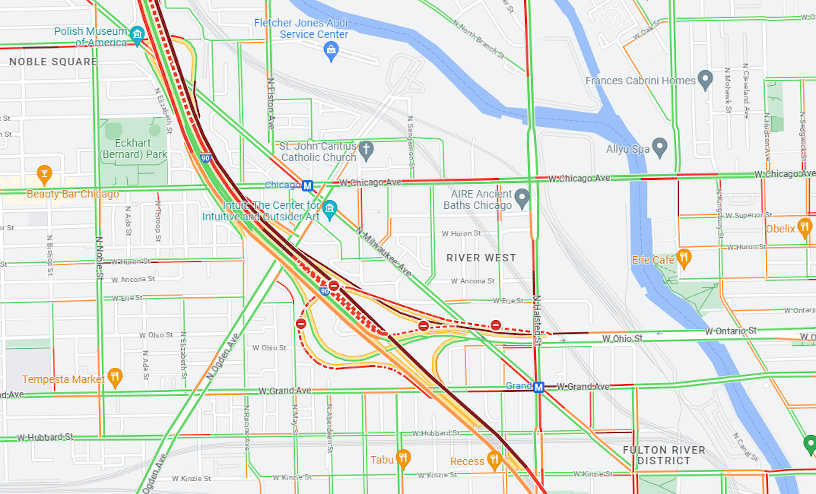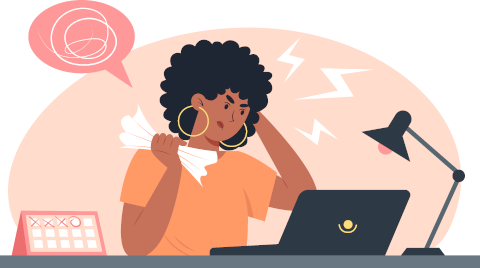The topic of accessibility has gained increasing attention, but it’s still often limited to physical accommodations, such as ramps or barrier-free spaces. Many people underestimate the proportion of the population affected by disabilities. There are still even business owners who question whether accommodating disabled users is worth the effort.
Accessibility impacts every aspect of life – from ordering a cab, to grocery shopping, to filling out employment forms and commuting to work. Regardless of whether individuals classify themselves as disabled, the issues of inaccessibility can affect anyone. A simple injury or a condition that alters interaction with the outside world can demonstrate this. Myopia, farsightedness, fractures, color blindness, and dyslexia can already provide significant obstacles to completing daily activities. More serious but less common conditions add to these challenges.
An individual doesn’t need to be injured to experience issues related to inaccessibility. Wheelchair users, for instance, often face issues with high curbs, steep ramps or heavy doors. Similarly, anyone dealing with bulky packages or a child in a stroller can encounter these struggles.
Making Web Content More Accessible is Simpler Than One Might Assume
Compared to physical space, websites are often easier to adapt to meet diverse needs and create a better user experience. The internet has integrated deeply into our daily lives, but we seldom consider how difficult it may be for people with disabilities to access web content. If accessibility principles and guidelines aren’t adhered to, the internet could become entirely inaccessible. Moreover, accessibility benefits everyone, not just those with disabilities. Enhancing accessibility allows anyone to read text without strain or tap the correct buttons while in a moving vehicle.
Broadly speaking, accessibility refers to the ability to tailor a product to meet individual needs. This concept was poignantly underscored when attempts were made to create an “ideal” cockpit for pilots in the United States. Designers aggregated measurements from numerous people to conceive an “average” cabin, but the resultant design suited no one perfectly.
Personalization is crucial. Industry research indicates that 27% of people alter at least one accessibility setting while browsing the web. Whether it’s minimizing animation, changing to a darker theme, or adjusting the font size, every individual has specific requirements.
Inclusivity
Embracing the term “inclusive” means we commit to not excluding anyone, ensuring our products or services are easily accessible by individuals of varying abilities and disabilities. We’ve all faced limitations at various points in our lives.
Consider a person with color blindness. Although they are not legally classified as disabled, a map with color-coded traffic congestions would not prove useful to them. They may not face a disability in a legal sense, but in this context, they encounter disability-like constraints.

These situations highlight how context can determine the scope of our capabilities and the boundaries of our limitations. The definition of disability has evolved over time. What was once confined by the World Health Organization (WHO) in the 1980s to a person’s limited capacity, disability now is recognized as a contextual concept. It arises when an individual is met with an environment that is specifically inaccessible to them. For instance, a person reliant on a wheelchair might not be considered disabled by those creating digital services because, unlike physical spaces, virtual environments present no barriers to them.
In Conclusion
Becoming aware of and addressing the accessibility challenges in our increasingly digital world is of utmost importance. From web browsing to exploiting various online platforms, there needs to be an effort to foster inclusivity and ease of access for everyone, regardless of individual constraints or abilities. After all, disability is not just a personal health condition, but a mismatch between a person’s abilities and the demands of their environment. To be truly inclusive, we must not only cater for various physical impairments but also acknowledge the range of individual strengths and needs that are a part of the human experience. It is our collective responsibility to ensure that the digital world remains open and accessible to all, as every person’s interaction with digital infrastructure holds equal value. Adherence to accessibility guidelines isn’t just a legal or ethical mandate – it’s about creating an inclusive world where everyone finds their place, keeping disability in mind as not an individual’s limitation, but the limit to which we have made our world accessible.
Need help with Web accessibility conformance? Reach out and our team can help.

